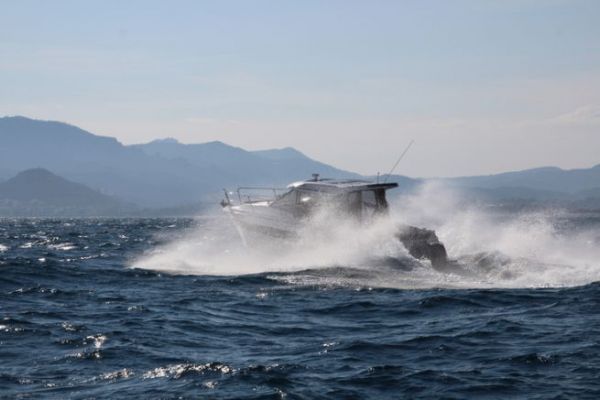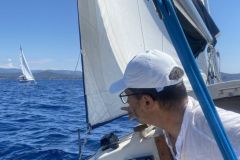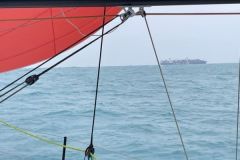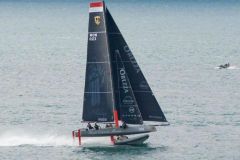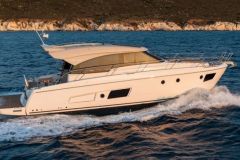Motorboat traffic at sea is governed by the International Regulations for Preventing Collisions at Sea (RIPAM). When a conflicting traffic situation arises, three scenarios define the compulsory maneuvering rules: head-on collision, passing and overtaking. For each, priority and maneuvering are standardized.
Head-on collision: obligation to move off to starboard
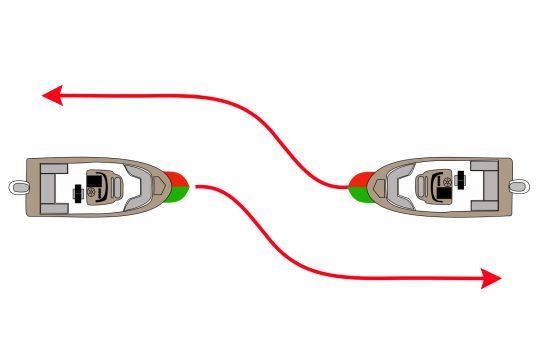
When two motorboats are facing each other or approaching on directly opposite courses (opposite or almost opposite course), each vessel is required to maneuver to starboard to pass from side to side. RIPAM refers to this situation as "âeuros¯frontal approachâeuros¯" or "âeuros¯face à faceâeuros¯".
This maneuver enables a safe, visible crossing that can be understood by both units. It requires the coxswains to anticipate and execute the maneuver early enough to avoid any uncertainty or hesitation.
Failure to change your route, or doing so too late, is considered a breach of the RIPAM.
Crossing: priority to starboard vessel
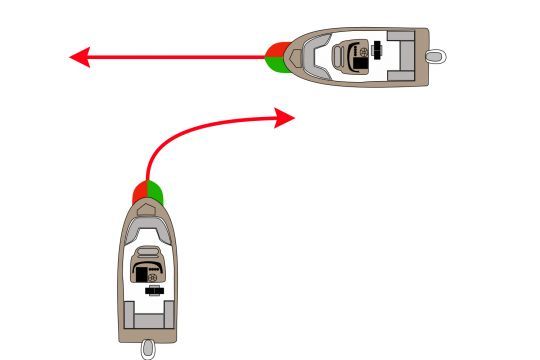
When one motorboat crosses another on a perpendicular or oblique course, the one who sees the other arrive on starboard (right side) is required to get out of the way . In other words, the vessel on the left must manoeuvre .
RIPAM defines a crossing as a situation of converging courses involving a risk of collision. The expected maneuver may be to reduce speed, alter course sharply to starboard, or a combination of both.
The priority vessel (the one to starboard) must maintain course and speed in this case, he can take additional evasive action.
Overtaking: obligation for the overtaker to manoeuvre

In the case of an overrun, it's always the ship catching up (the one behind) which must avoid the outdated unit by the way port or starboard depending on the situation.
RIPAM considers overtaking to occur when the overtaking vessel is within 22.5° astern of the beam.
The overtaken vessel is required to stay on course and maintain speed unless it becomes essential to intervene to avoid an imminent collision.
The overtaking must be announced by sound signals in restricted areas, or by VHF communication if necessary. The maneuver must be executed with sufficient margin to ensure the safety of both units.
Principles common to all situations
- Constant watch and adapted speed all vessels must maintain a visual and auditory watch and a safe speed to manoeuvre effectively
- Straightforward, anticipated maneuvers any change in course or speed must be sufficiently marked and planned to be understood by the other vessel
- Obligation to reduce pace if necessary to analyze the situation or avoid a collision
- Use of sound signals (whistles, trumpets) and lights to clarify manoeuvres (important in fog)
A guide always at hand
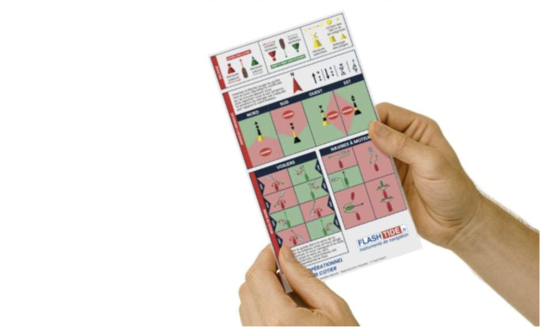
The Practical Guide to Navigation (Beaconing, Cardinals & Helm Rules) is a small PVC ruler that quickly and easily reminds you of all the things you need to know to navigate. You'll find a summary of all the rudder rule situations you need to know about, so you can react quickly!

 /
/ 